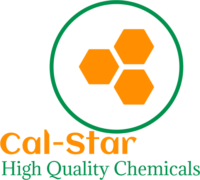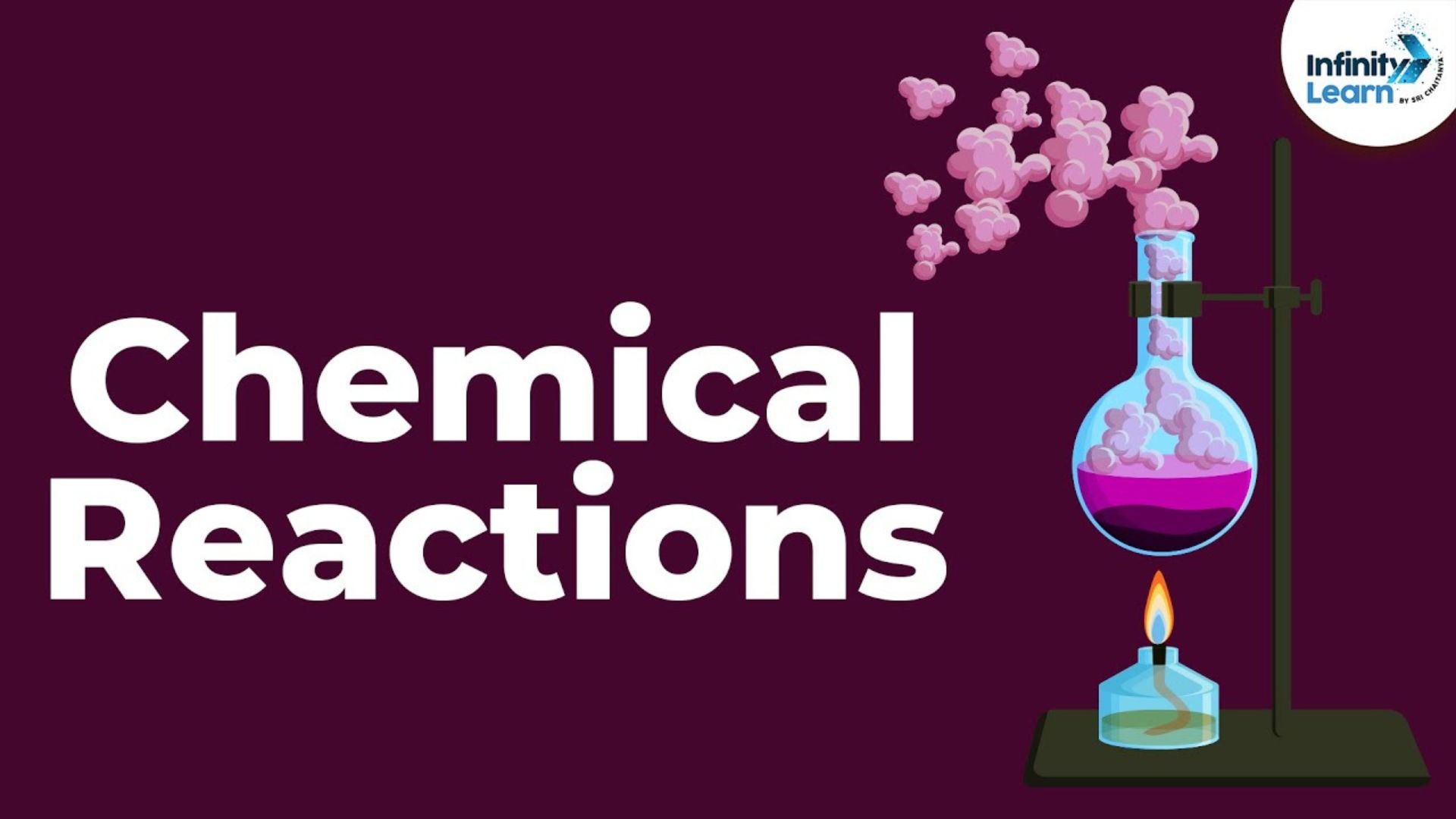Organizing chemicals efficiently is essential for safety and productivity. Whether you’re managing a home lab or a professional workspace, knowing the best ways to organize chemicals can help you avoid accidents and streamline your work. This article will guide you through practical strategies to keep your chemicals well-organized.
Understand Your Chemical Inventory
Categorize Chemicals
Firstly, the first step in finding the best ways to organize chemicals is to categorize them. Group chemicals based on their properties, such as flammable, corrosive, or toxic. This categorization helps in determining the appropriate storage methods and ensures that you handle each type safely.
Check Expiration Dates
Secondly, regularly checking the expiration dates of chemicals is crucial. Expired chemicals can become hazardous and less effective. Therefore, make it a habit to review and dispose of outdated substances to maintain a safe and efficient workspace.

Best Ways to Organize Chemicals
Choose the Right Storage Solutions
Use Proper Containers
Furthermore, choosing the right containers is vital when exploring ways to organize chemicals. Use containers that are designed for the specific type of chemical you’re storing. For instance, use airtight containers for powders and glass or plastic bottles for liquids. Proper containers prevent leaks and contamination.
Label Everything Clearly
Labeling is another important aspect of organizing chemicals. Clearly label each container with the chemical name, concentration, and expiration date. This practice not only helps in easy identification but also ensures that everyone handling the chemicals knows their contents.
Implement Safe Storage Practices
Store Chemicals by Category
When it comes to safe storage, grouping chemicals by category is essential. Store flammable chemicals away from heat sources and in designated flammable storage cabinets. Corrosive chemicals should be kept in corrosion-resistant containers and away from other types. This organization minimizes risks and ensures safety.
Ensure Proper Ventilation
Ventilation plays a crucial role in the best ways to organize chemicals. Ensure that your storage area is well-ventilated to prevent the accumulation of harmful fumes. If necessary, install fume hoods or air purifiers to maintain a safe environment.
Find Your Favorite Online Casino
While you’re exploring the diverse services and solutions offered by Cal-Star.com right here in Harare on this Tuesday morning, you might also find interest in discovering online entertainment options for your leisure time. If you’re looking for a new go-to platform, you can explore comprehensive reviews and recommendations to find your favorite online casino. Discover reputable sites offering a wide variety of engaging games and secure entertainment.
Maintain a Clean and Organized Workspace
Regularly Clean the Storage Area
Maintaining a clean storage area is key to effective organization. Regularly clean the shelves and storage spaces to prevent chemical spills and contamination. This practice helps in maintaining an organized and safe workspace.
Conduct Routine Inspections
Routine inspections are essential for ensuring that your methods for organizing chemicals are working effectively. Regularly check for any signs of leaks, spills, or deteriorating containers. Address any issues immediately to maintain a safe and organized environment.
Train Personnel on Chemical Safety
Educate on Proper Handling
Moreover, educating personnel on proper chemical handling is crucial. Ensure that everyone who interacts with chemicals understands the importance of organization and safety practices. Provide training on how to handle, store, and dispose of chemicals correctly.
Develop Safety Protocols
More so, developing and implementing safety protocols is an effective way to reinforce chemical organization. Establish clear procedures for handling and storing chemicals, and make sure all personnel are aware of these protocols. Additionally, this ensures that everyone follows best practices and contributes to a safe environment.
Site: https://cal-star.com/
Technology, Innovation, and Online Services
Technology-driven companies continue shaping the digital world with innovative solutions. Platforms like cansportsbetting.ca are an example of how specialized online services are expanding. These advancements show how fast the digital landscape is growing. Innovation remains at the center of progress.
Conclusion
Finding the best ways to organize chemicals involves a thoughtful combination of categorizing, proper storage, and safety practices. Initially, using the right containers and clear labeling are crucial steps to ensure that each chemical is stored correctly and can be easily identified. Additionally, implementing safe storage methods helps prevent accidents and maintains a secure workspace. Regular cleaning and routine inspections are vital for preventing spills and maintaining overall organization. Moreover, investing in personnel training reinforces the importance of these practices and ensures that everyone adheres to safety protocols. Ultimately, by consistently applying these strategies, you will create a safer and more efficient environment. This proactive approach not only enhances safety but also improves productivity and compliance.




